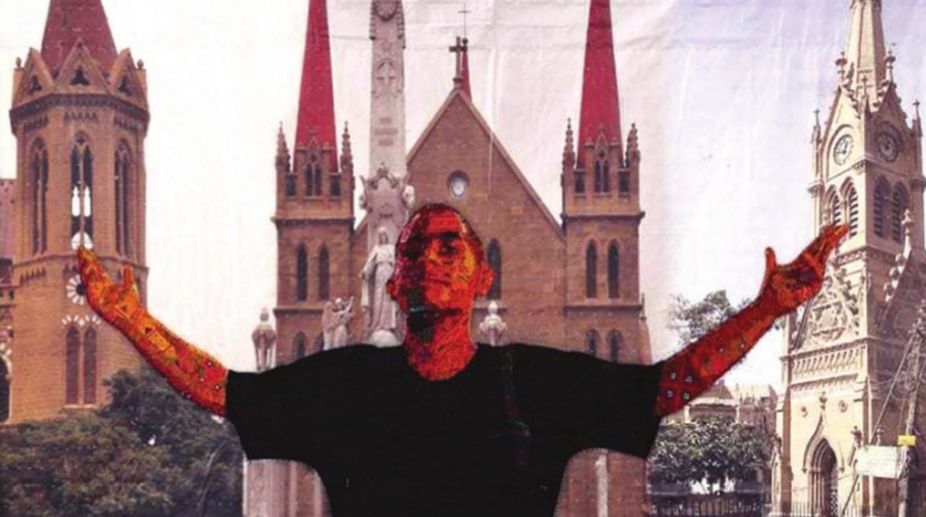Modi to inaugurate ‘Bharat Tex’ on Monday
Prime Minister Narendra Modi will formally inaugurate here on Monday the 'Bharat Tex' which is set to be India’s largest global textile event.

Histories, whether personal or collective, are vital to the formation of identity. Our experiences as individuals and as a nation interact with personalities and attitudes to leave lasting impressions on our mind, informing the way we perceive the world. Given the fickle nature of our history rife with cultural invasions, it is no surprise that our collective search for identity remains a topic of interest for most contemporary Pakistani artists.
Masuma Halai Khwaja’s latest show at the Canvas Gallery in Karachi dealt with similar issues. Her exquisite textile and embroidery based pieces spoke about the part history and cultural diversity have to play in our present lives.
The old rugs and kilims collected by the artist from flea markets over a period of time act as her canvas over which memories and histories weave out her narrative their origins in the Afghan refugee camps adding an extra layer of commentary to the works.
Advertisement
Indigenous crafts and embroideries cut up and sown on to the surface at once clash and merge with it, much like the ideas they represent, holding their own unique presence while drastically altering the carpets to create something new and independent of both. The physical act of producing the work mimics the dynamics of history by systematically deconstructing, appropriating and reconstructing diverse cultural identities, traditional values and personal memories to bring something new to life.
The artist's practice has always revolved around the use of fabric and strong cultural and religious symbols to comment on subjugation, restraint and extremism, something that seems to have informed her current body of work as well. The visual consequence of this is quite striking, with portraits rendered through beautifully chaotic and vibrant embroidery. The clashing styles, patterns and motifs ironically lend a graphic appeal to the works as the faces pop out of the woven backgrounds. The result is both traditional and contemporary, textile with pop art flair, an embroidered painting.
Individual pieces delve deeper into our complex histories, with pieces such as Encounters of a Third Kind and I Cast my Fate to the Wind superimposing strong cultural elements over remnants of a colonial past to speak of shared histories, diverse influences, and their impact on the present. In other pieces we see Western cultural influences presented in light of a personal narrative, such as the image of Charlie Chaplin in Charlie Aur Hum.
The richness of our cultural journey becomes more pronounced with certain pieces where the introduction of East Asian characters adds weight to our cultural baggage. Pieces like Adoration of the Magi and Of Terracotta, Silk, Cotton and Wool become pertinent to our current changing power dynamics, especially in economic spheres.
By pushing fabric through change and introducing new elements, the works question in a way the relevance of heritage in a globalised world, where our history is a cacophony of influences that in some way or the other inform our current existence. Cultural identity is fluid with virtual borders fading fast, and every culture is a blend. It becomes hard then to place yourself in a box and pick an unadulterated identity, as our histories are riddled with encounters of the third kind, probing, prodding and taking over.
What becomes crucial then is the realisation that heritage does not exist in a timeless vacuum; it cannot be put in a frame and admired. It evolves as we do, permeating each facet of existence. While not much of it really survives in its original form, its resounding presence cannot be denied. It lives within us, defines us, moulding us into the complex creatures that we are today.
Dawn/ ANN
Advertisement